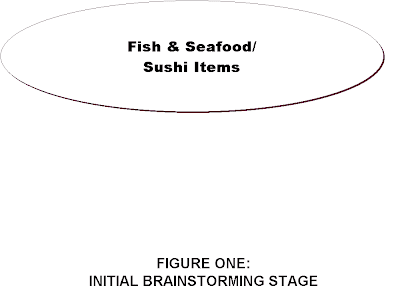Truespel - the English Based Phonetic Notation – for ESL
Truespel - the English Based Phonetic Notation – for ESL Tom Zurinskas Truespel phonetic notation was created in 1986 to answer the following question: What would be the best way to design a phonetic notation based on the sounds and most typical spellings of English? After all, if English is the lingua franca of the world, shouldn't an accessible approach to phonetics (for ESL and EFL learning ) be based on it as well? As a human factors specialist at the time, I found that pronunciation guides were not standardized nor computer-friendly, not even for copy/paste. Moreover, academic notations such as the International Phonetic Association (IPA) system (often called 'the IPA ') were not English or computer- friendly, using a mix of languages and codes (such as exotic symbols) to spell sounds. Because of this, phonetics is not taught to children in the US, which impacts, for example, the learning of phonemic and phonological awareness, key correlates to reading develop

